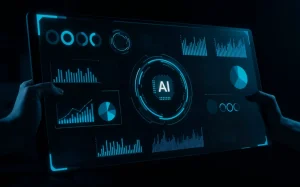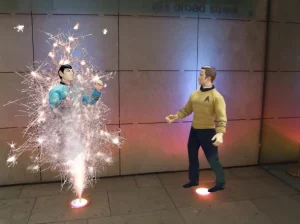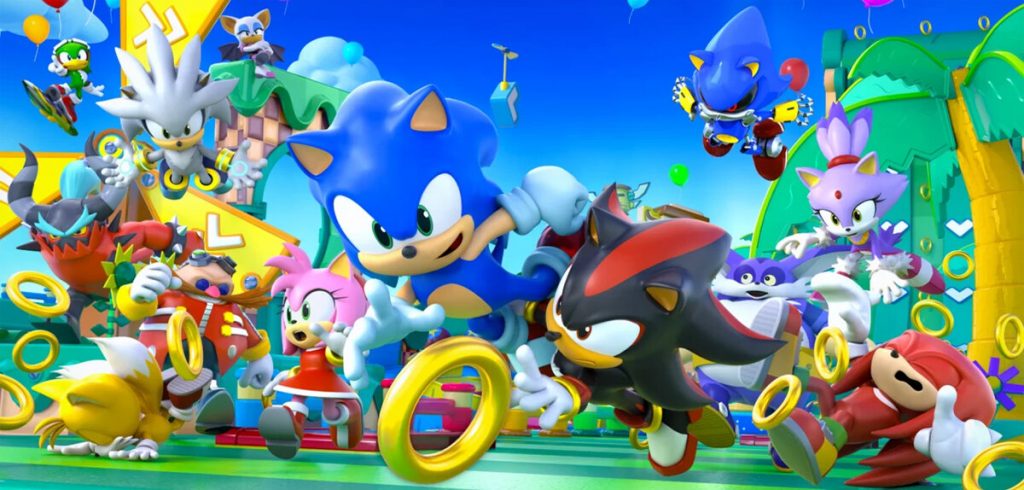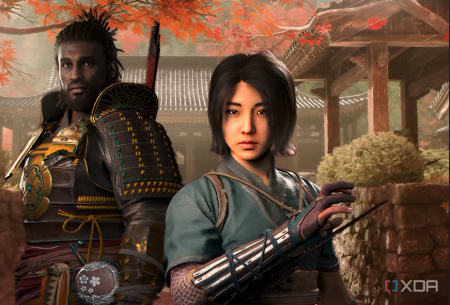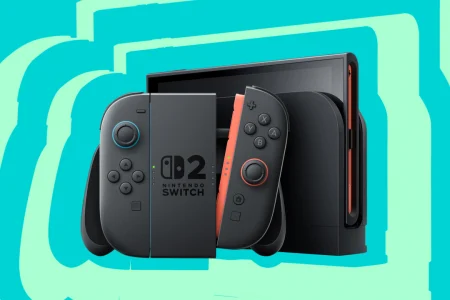From the charming simplicity of its early days to the modern marvel of detailed realism, the game’s animation reflects both technological progress and the enduring spirit of Sonic’s adventures.
Transporting players to a realm where speed and exhilaration reigned supreme, “Sonic the Hedgehog” burst onto the scene in the early 90s, etching itself into the hearts of an entire generation. For those of us who spent our childhood racing through pixelated landscapes, guiding the iconic blue blur through loops and corkscrews, it was more than just a game – it was a thrilling adventure that painted our days with vivid hues of excitement. The sensation of holding the controller, fingers tapping with fervor, as Sonic zipped through Green Hill Zone or faced off against the nefarious Dr. Robotnik is a memory woven into the fabric of our nostalgia, reminding us of a time when each ring collected was a victory, and each pixelated explosion brought forth shouts of jubilation.
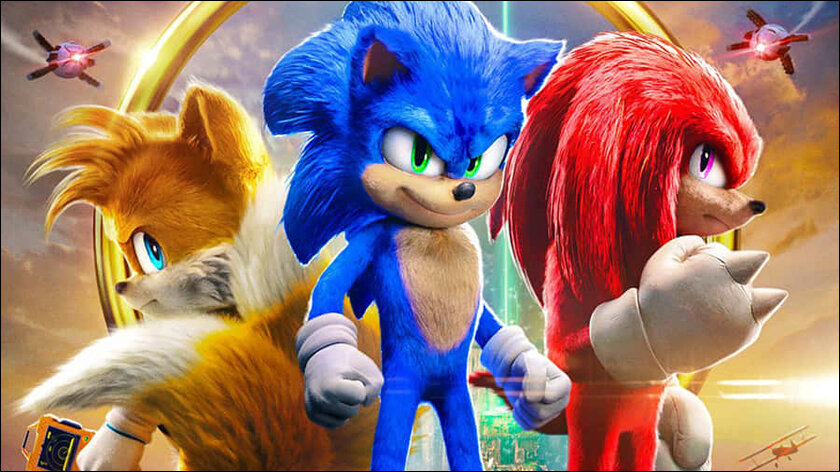
“Sonic the Hedgehog” was created by a team at Sega, led by Naoto Ohshima as the character designer and Yuji Naka as the lead programmer. The game was published by Sega itself.
In terms of technology, “Sonic the Hedgehog” was notable for several innovations:
Blast Processing: Sega famously marketed the game with the term “Blast Processing,” which referred to the console’s ability to process rapid graphics. While it was more of a marketing catchphrase, it contributed to the perception of the game’s speed and smooth scrolling.
16-bit Graphics: The game was released for the Sega Genesis/Mega Drive console, taking advantage of its 16-bit hardware capabilities to deliver vibrant, colorful visuals and smooth scrolling that set it apart from its 8-bit counterparts.
Mega Drive’s Z80 Co-Processor: The game utilized the Z80 co-processor in the Mega Drive to handle sound processing, which allowed for memorable music and sound effects.
Level Design and Parallax Scrolling: The game employed clever level design that maximized the hardware’s capabilities for creating loops, slopes, and dynamic environments. Parallax scrolling gave a sense of depth to the backgrounds.
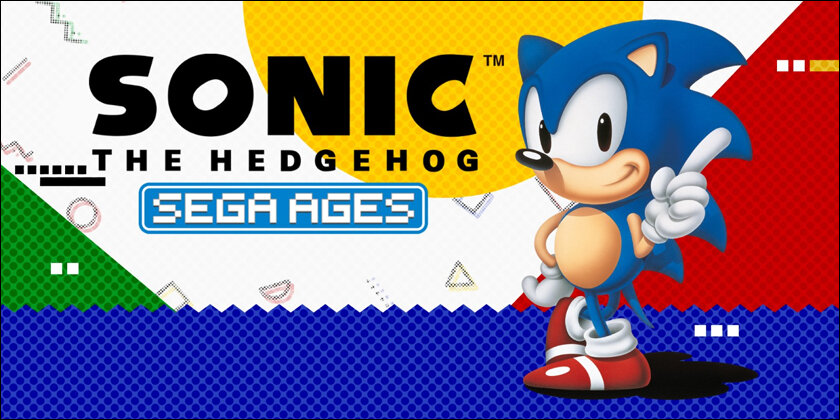
Special Stage Rotation: The game featured the rotating pseudo-3D special stages where players could collect Chaos Emeralds. This showcased the console’s ability to handle more complex graphics calculations.
Spin Dash Mechanic: “Sonic the Hedgehog 2” introduced the Spin Dash move, enabled by holding down and then releasing the jump button. This move was technically innovative and added depth to Sonic’s abilities.
Sequels and Advancements: Subsequent releases in the series, like “Sonic the Hedgehog 2” and “Sonic the Hedgehog 3,” built upon these technological foundations, introducing new gameplay elements, enhanced graphics, and increased processing power.
“Sonic the Hedgehog” became a flagship title that showcased the capabilities of the Sega Genesis/Mega Drive and played a crucial role in establishing Sega as a strong competitor to Nintendo in the 16-bit console era. The game’s success led to the evolution of the franchise and its continued exploration of technological innovations in subsequent releases.
Gameplay:
Ah, “Sonic the Hedgehog,” the game that turned us into speedy little button-mashers and accidental acrobats! Remember those innocent days when we were introduced to the concept of “gotta go fast,” and our chubby little thumbs tried to match Sonic’s lightning pace on the controller?
Picture this: There I was, a pint-sized gamer, eyes locked on the TV screen, fingers gripping the controller with all the determination of a future Olympian. Sonic sped through Green Hill Zone, loops whizzing by in a blur, collecting rings like he was on a mission to become the lord of all things shiny. I leaned into every jump, as if my physical stance could somehow make Sonic jump higher.
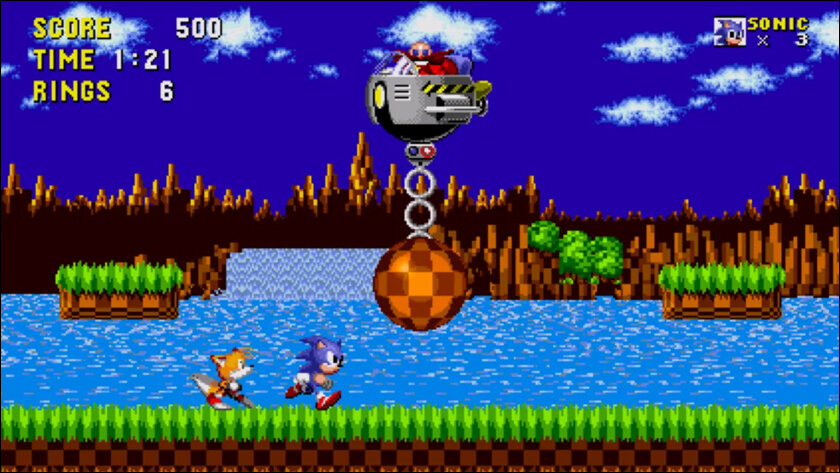
And then, that dreaded moment arrived – a speeding enemy caterpillar thing. Panic mode engaged! Instead of gracefully leaping over it, my thumbs performed a spectacular tango of their own, hitting the jump button multiple times as if my life depended on it. Sonic didn’t just jump; he launched into orbit. There was no coming back from that – his blue streak disappeared off the screen, probably on a quest to find rings in another dimension.
But wait, there’s more! The perilous water levels – oh, those were a true test of my patience and lung capacity. Those underwater melodies haunted my dreams as Sonic gasped for air, his frantic flailing matched only by my own as I tried to guide him to the surface without getting trapped in some aquatic deathtrap.
In the end, “Sonic the Hedgehog” wasn’t just a game; it was a lesson in life’s unpredictability. It taught us that speed could be both exhilarating and perilous, that thumbs had minds of their own, and that no matter how fast you went, you’d always end up bouncing on an enemy’s head at least once. So here’s to the childhood traumas that turned us into better gamers and, let’s be honest, slightly more cautious button-pushers!
Story of the game:
The game’s story begins with Sonic discovering that Dr. Robotnik has captured and imprisoned innocent animals within his robotic creations. Driven by his sense of justice, Sonic embarks on a quest to thwart Dr. Robotnik’s plans and free the animals.

As Sonic races through a series of vibrant zones like Green Hill, Marble, and Spring Yard, he collects golden rings – not just as a source of points but also as a means to protect himself. When Sonic is hit by an enemy, he loses his rings instead of a life, adding a strategic element to gameplay.
The ultimate goal is to collect the Chaos Emeralds before Dr. Robotnik does, preventing him from using their power for his nefarious schemes. In the final showdown, Sonic confronts Dr. Robotnik in his mechanical contraption, the Egg Mobile, and thwarts his efforts to create ultimate chaos.
The game’s storyline, while relatively simple, sets the stage for Sonic’s enduring battle against Dr. Robotnik in subsequent games. It highlights themes of heroism, environmental preservation, and the importance of standing up against tyranny, all while delivering fast-paced platforming and iconic loops that became hallmarks of the franchise.
Sonic the Hedgehog” introduces players to a vibrant cast of characters and an engaging storyline centered around the titular blue hedgehog’s quest to thwart the villainous Dr. Robotnik (also known as Dr. Eggman) and save the world.
Characters:
1. Sonic the Hedgehog: The game’s protagonist, Sonic, is a speedy blue hedgehog with a penchant for adventure. His main goal is to stop Dr. Robotnik’s plans to collect the Chaos Emeralds and turn animals into robotic minions.
2. Dr. Robotnik (Dr. Eggman): The main antagonist, Dr. Robotnik, is an evil scientist with a penchant for mechanical creations. He’s determined to gather the Chaos Emeralds to fuel his evil ambitions of world domination.
3. Animals: Throughout the game, animals captured by Dr. Robotnik are trapped inside his robotic creations. Sonic’s mission includes freeing these animals, each of which provides Sonic with additional points.
Music:
The music in “Sonic the Hedgehog” didn’t just soundtrack the game – it orchestrated an entire symphony of exhilaration. It was a crescendo of 16-bit euphoria that seared into our minds like a turbo-charged electric guitar solo. Composed by the maestro Masato Nakamura of the band Dreams Come True, the music had the power to transform a mere platformer into a heart-pounding, finger-tapping, foot-stomping odyssey. Each note harmonized perfectly with Sonic’s every leap, loop, and spin, propelling us into a world where adrenaline was composed in pixels. Nakamura’s melodies, infused with boundless energy, united seamlessly with Sonic’s high-speed escapades, birthing an aural adventure that made our hearts race as fast as Sonic himself.
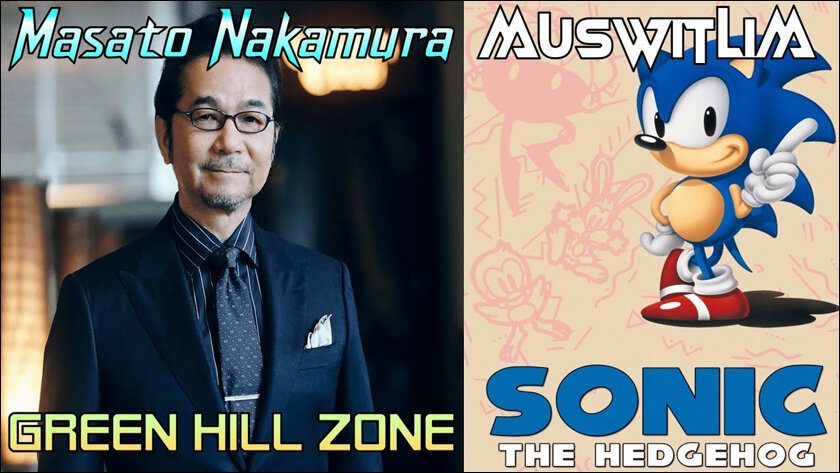
Animation:
In its humble beginnings, “Sonic the Hedgehog” burst onto the scene with a pixelated flair that captivated gamers of the early 1990s. The animation was a symphony of simplicity, a dance of limited yet effective frames that gave life to Sonic’s iconic spin, jumps, and loops. The character’s motions were distilled into vibrant, energetic bursts that perfectly matched the game’s emphasis on speed and fluidity. Sonic’s movements felt natural within the constraints of 16-bit technology, creating a visual rhythm that resonated with players.
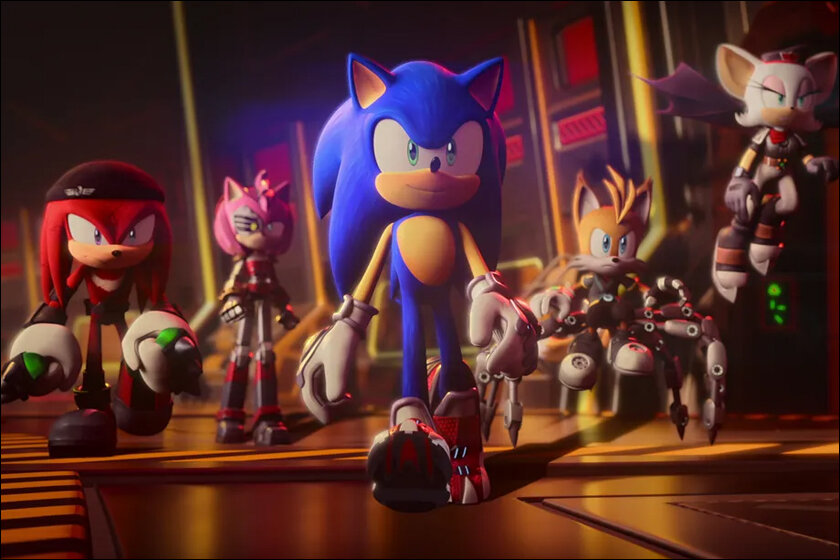
Fast-forward to today, and the evolution of technology has bestowed “Sonic the Hedgehog” with a digital makeover of epic proportions. From the tactile charm of pixels, the game’s animation now sways to the orchestration of intricate modeling, textures, and lighting. Sonic’s every nuance is captured with meticulous detail, rendering his fur, quills, and expressive features in stunning realism. The environments have been rendered in breathtaking detail, transforming Green Hill Zone from a pixelated backdrop into a lush, vibrant landscape. The physics of motion have evolved, giving Sonic a new dimension of fluidity and dynamism that reflects the capabilities of modern gaming hardware.
In both incarnations, be it the retro dance of pixels or the contemporary symphony of polygons, “Sonic the Hedgehog” remains a testament to the art of animation in gaming. It’s a journey through time, showcasing how technological advances can breathe new life into a beloved character, while keeping the essence of his iconic movements intact.
In conclusion, “Sonic the Hedgehog” has journeyed from the pixelated past to the dynamic present, showcasing the evolution of animation in gaming. From the charming simplicity of its early days to the modern marvel of detailed realism, the game’s animation reflects both technological progress and the enduring spirit of Sonic’s adventures. Whether in pixels or polygons, the animation has always captured the heart-pounding excitement and timeless appeal that make Sonic a beloved icon in the world of gaming.

